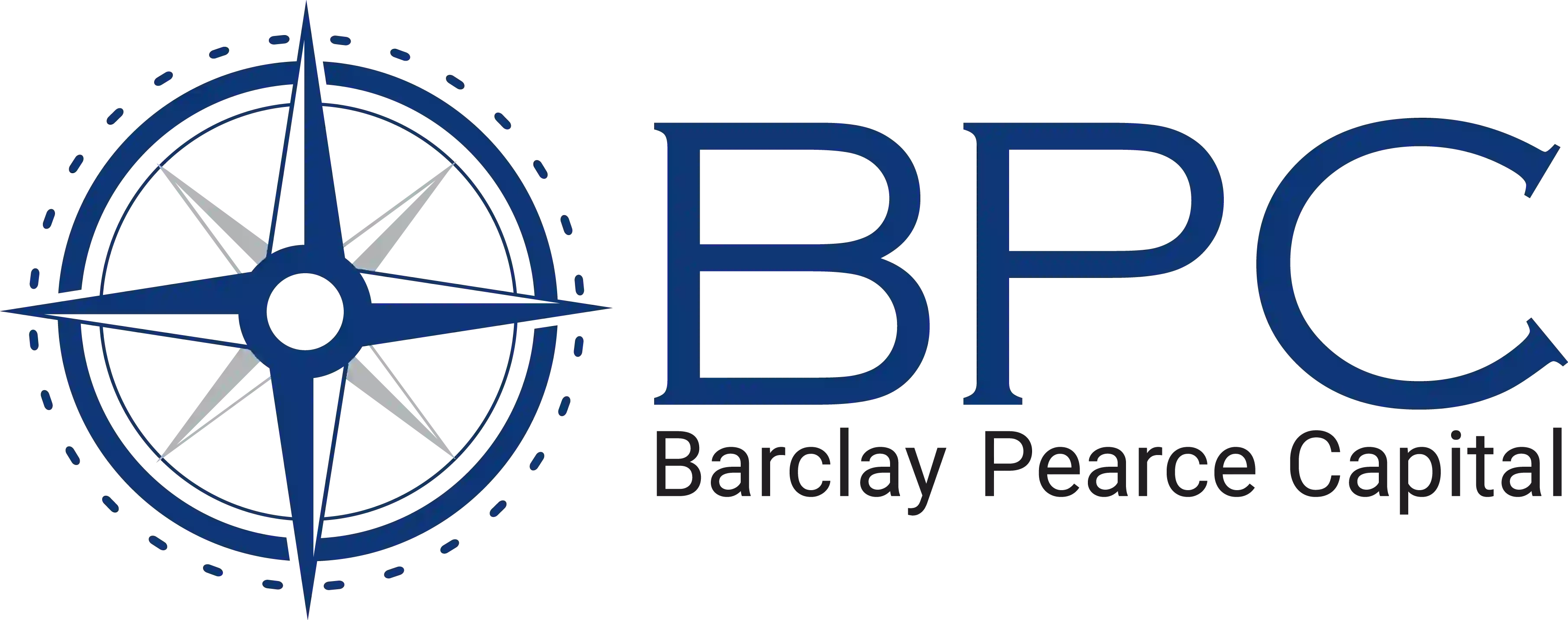Barclay Pearce Capital
- Mar 17, 2023
- 5 min read
LINE Hydrogen's role in Diesel Renewal - Corporate Showcase Interview
Hear LINE Hydrogen discuss their role in diesel replacement, their environmental impact and Australia's dependancy on diesel. Listen to the interactions between; Jack Colreavy and Brendan James, the Founder and Executive Chairman of LINE Hydrogen.
Read the Conversation:
Jack Colreavy:
“In the studio today we have Brendan James, the founder, chairman, and chief scientist of green hydrogen producer, Line Hydrogen. Today I'd like to discuss with you the offtake. So green hydrogen has been described as a Swiss army knife of energy due to its many uses, but Line Hydrogen is targeting a particular area. Can you talk about diesel replacement and why that's a great place for your hydrogen to be?”
Brendan James:
“Thanks, Jack. Happy to do so, diesel is Australia's delivery fuel, and look, that's really why we started as a business. We haven't lost sight of that. We originally started Line Hydrogen as an energy source to replace diesel, particularly in regional and remote applications in those areas of heavy transport and power generation. Once you get outside of Australia's major cities, diesel is the only delivered fuel capable of producing power in heavy industry and for the heavy transport network. So it's always been our focus. It'll continue to be our focus going forward, but there's also a strong business case as to why that should be.
Diesel right now is the highest priced energy per megajoule, of energy produced; so by targeting diesel and diesel first, it allows us to really get that efficiency of scale that we required, allows us to build up at a very good margin, obviously on return on that hydrogen production, which allows us to expand that operation. Once we expand that operation, we can then start looking at providing hydrogen into the other lower-cost energy systems, such as gas replacement and pipelines. But right now, the lowest-hanging fruit is obviously, diesel. It is the highest cost per energy and obviously provides us the highest returns on the capital investment we've put out for shareholders.”
Jack Colreavy:
“So the economics stack up. What about looking at it from an ESG lens, what's the environmental impact of diesel and what sort of carbon emissions could Line Hydrogen offset?”
Brendan James:
“So the government obviously has set some fairly strong ESG targets and carbon emission targets going forward. You can't achieve that in Australia if you don't focus on the transport network. Transport currently makes up some 20% of the CO2 emissions that we put out in Australia. And then of course on top of that and one of the projects we're looking at is the mining industry and diesel replacement in both mining and heavy industry for both power generation and in pit transportation.
In that, diesel obviously produces around about 2.7 kilos of CO2 emissions per liter consumed. When you look at a double truck that's running on the highway, it's consuming around about 65 liters of diesel per hundred kilometers that the truck travels. So, one of the reasons to focus on heavy transport, in particular B double and larger size applications, is while required as part of our society, they are currently one of the biggest emitters that we have on the road. So by applying hydrogen to replace diesel in a truck has a significant effect on emissions in Australia.”
Jack Colreavy:
“So profit with purpose, that's what we love to hear. What's the technology behind it? How is hydrogen used to power a vehicle?”
Brendan James:
“Well, hydrogen's actually a really interesting fuel. It can be used, in a number of ways to power vehicles. One and probably the most common been applied to date. When you look at the Toyota Mariah, And you look at the Toyota truck that was running in LA, it's normally been the fuel cell application. And the fuel cell application is using hydrogen to mix the hydrogen with air through a fuel cell to produce electricity and run a fully electric drivetrain.
It's a very low-cost application, so it allows companies to convert away from diesel consumption producing just water from their heavy vehicles that they're running, or power generation at a very low capital cost. And that's very important for business in Australia. If we want this to roll out, we want hydrogen to take hold and we want companies to actually start converting away from CO2 emissions, then we need to provide a low capital option.”
Jack Colreavy:
“So, speaking of the rollout, when do you envision Line Hydrogen trucks to be on the road?”
Brendan James:
“Line hydrogen trucks will be on the road at the start of our operations in Georgetown, in Tasmania. So our partners that we are working with will be running the first hydrogen trucks at a B double application, and they will be running a startup and obviously startup later this year at Georgetown will be Australia's first commercial-scale green hydrogen operation, producing some 1600 kilos of hydrogen per day. Now to put that into layman's terms, that's enough hydrogen to run a car, a hydrogen-powered car around the world four times every day, or enough hydrogen to run around about 3,900 cars.”
Jack Colreavy:
“That's so exciting to hear that this hydrogen revolution is starting this year and, and that Line is at the forefront of it all. Thank you so much for your time, Brendan. It was great to talk. To learn more about line hydrogen and the relevant investment opportunities, please click the link in the description or contact BPC.”
To learn more about LINE Hydrogen or the green hydrogen sector as a whole, subscribe to the Company's Chairman's List below.
Share Link








